One of the main barriers to the next great breakthrough in space exploration is how we propel spacecraft.
A renowned scientist and his team of experts claim to have made a discovery that could revolutionize space travel and exploration in a way that was previously believed to defy all laws of physics.
No Need for Propellant

To give this new discovery proper of context, we need to first go back a little. Since the earliest days of rocket design and space exploration, scientists have pondered the feasibility of propellantless drive.
Basically, they have explored theoretical ways rockets could generate thrust without the need to expel a stored propellant like fuel. Obviously, this would have huge potential for designing lighter rocket craft, for example.
“The Impossible Drive”
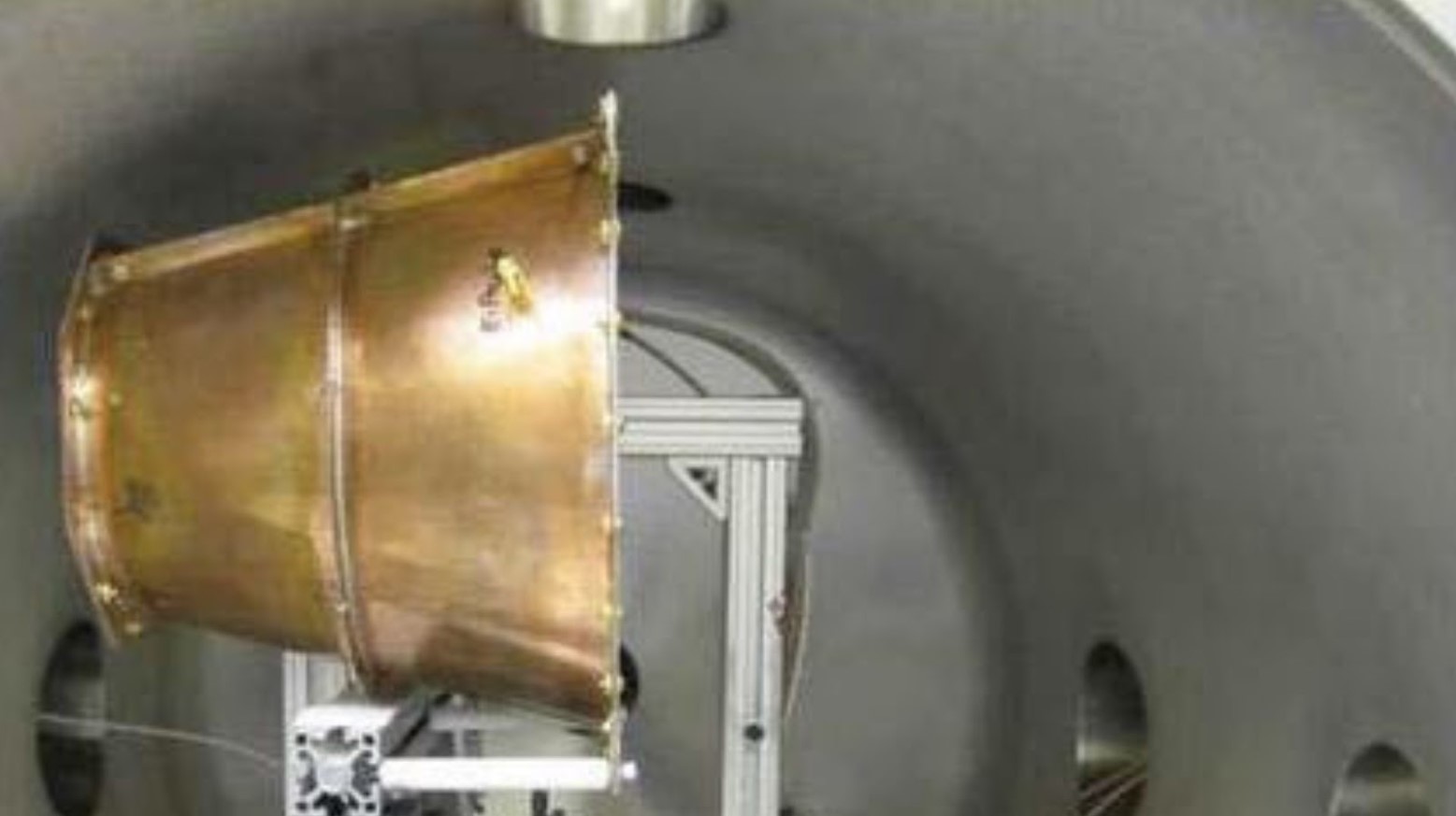
In 2001, British electrical engineer Roger Shawyer introduced this concept on an actionable, though theoretical, level with what he described as the “impossible drive.”
Prior to Shawyer’s work, propellantless drives existed as an idea, but one largely confined to science fiction. Shawyer started to give real scientific shape to the notion.
Shawyer’s Em Drive
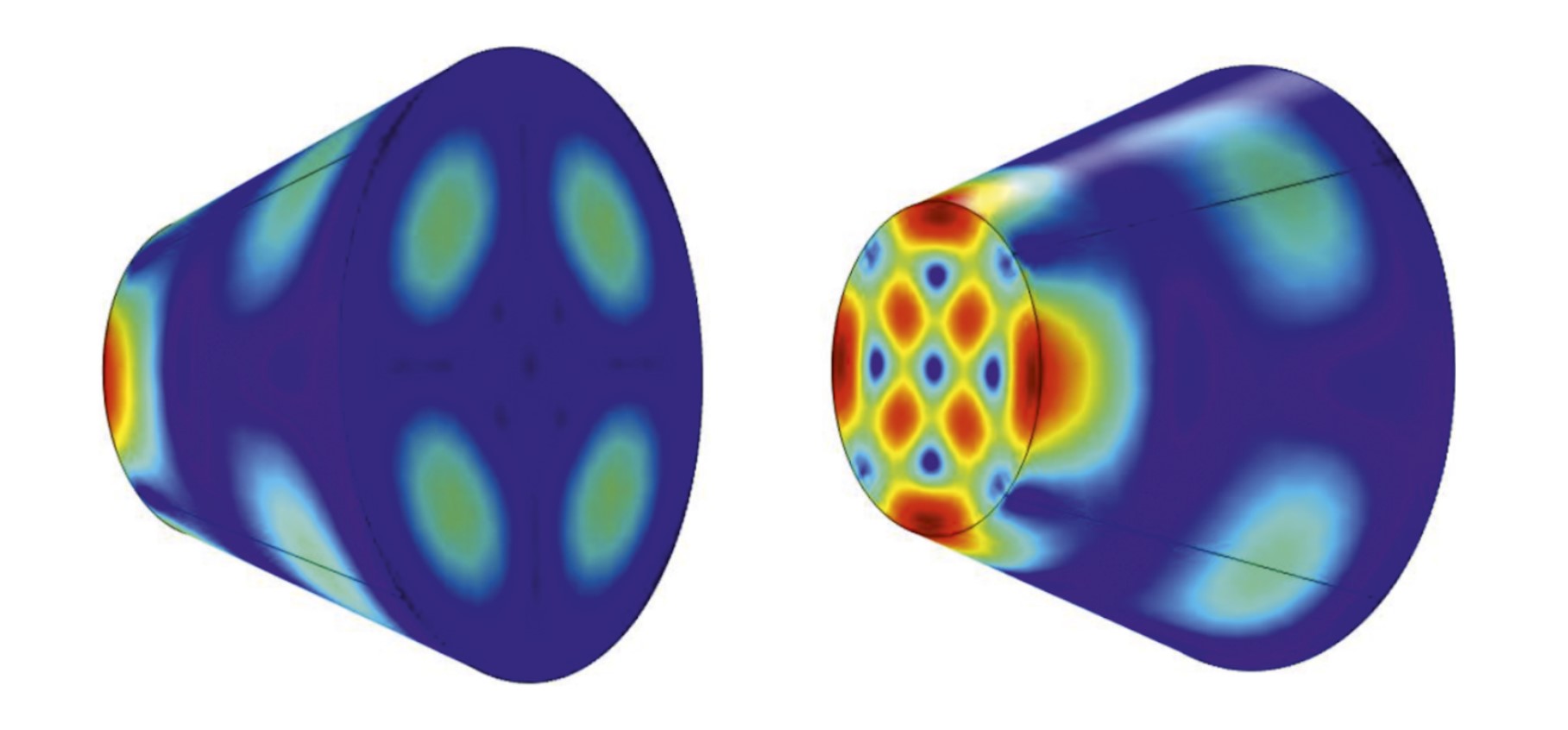
Shawyer and his team developed their theoretical concepts into the Em Drive, claimed to be a reaction-less drive.
This means it requires no propellant to impart motion and generate thrust. The concept was controversial in scientific circles as it defied the law of physics, crucially the concept of the conservation of momentum.
How the Em Drive Works… Or Doesn’t
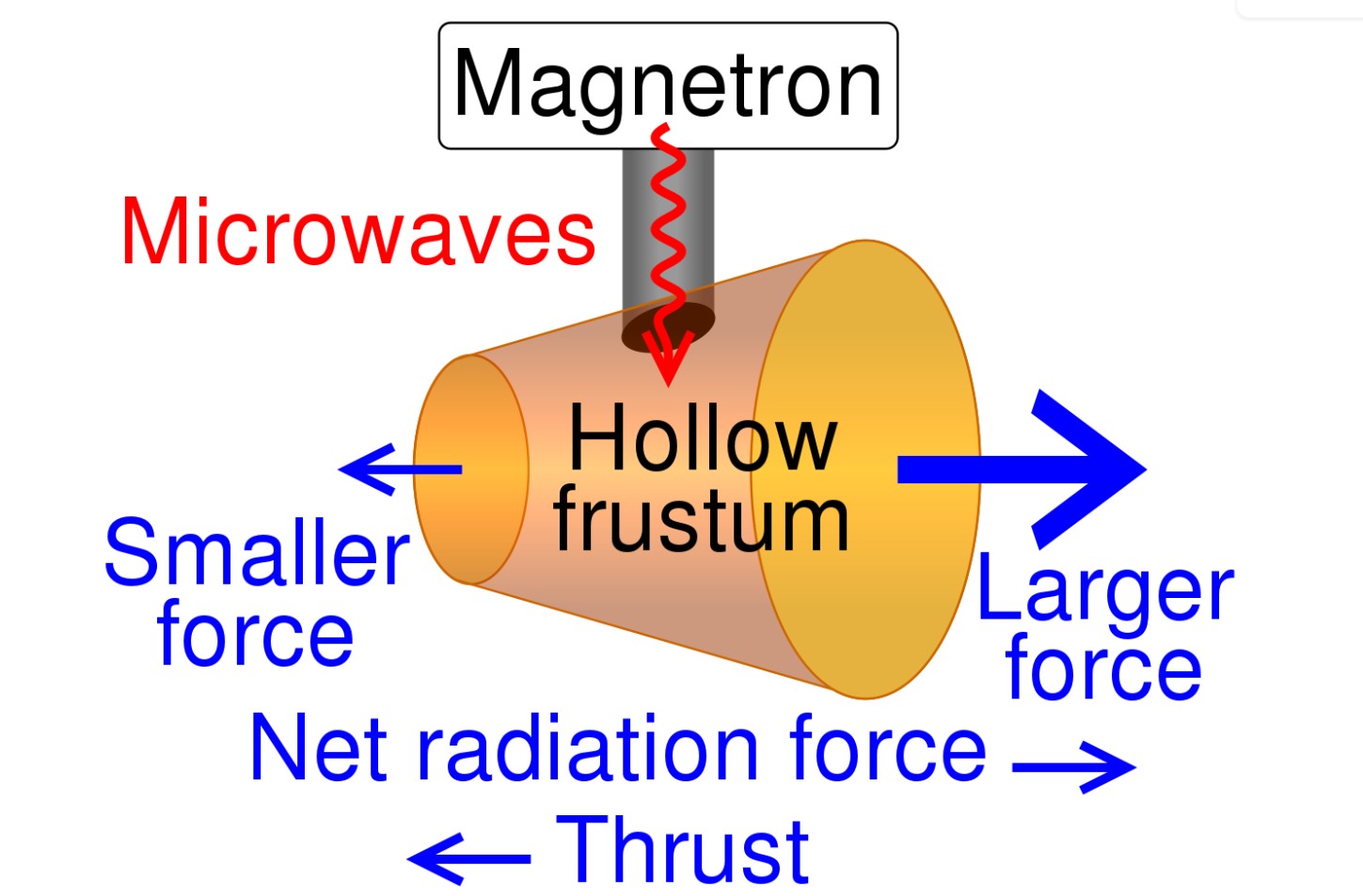
The Em Drive design involves a cone-shaped resonant cavity within which microwaves would bounce, creating a difference in radiation pressure that brings about thrust directed towards the narrow end of the cone.
Despite two decades of testing since the theoretical concept was first put forward, no one has yet to successfully create a practical engine that generates meaningful thrust. Though, Shawyer himself questions how well designed prototype drives may have been.
Exodus Propulsion

The apparent failure of the Em Drive didn’t mark the end of the pursuit of a practical propellantless drive. Enter Dr. Charles Buhler and his team at Exodus Propulsion Technologies.
They claim to have developed a propellantless drive that can defy the laws of physics and generate enough thrust to overcome the Earth’s gravity.
Discovery of a New Force

Buhler is a veteran NASA engineer who has worked on a number of high-profile programs, including the International Space Station, the Hubble Telescope, and NASA’s Space Shuttle. He claims he and his colleagues have discovered a new fundamental force through their experiments into propellant-less drives.
They say they’ve discovered that electric fields alone can “generate a sustainable force onto an object and allow center-of-mass translation of said object without expelling mass.” Essentially, they can generate thrust without fuel.
2023 Breakthrough

Early designs based around this discovery generated only a minuscule amount of thrust, nothing close to anything with practical applications in space travel.
However, each iteration of their designs had minor increases until eventually, in 2023, they had a major breakthrough — their device, powered by this new force, generated sufficient thrust to overcome gravity.
Design of the Drive
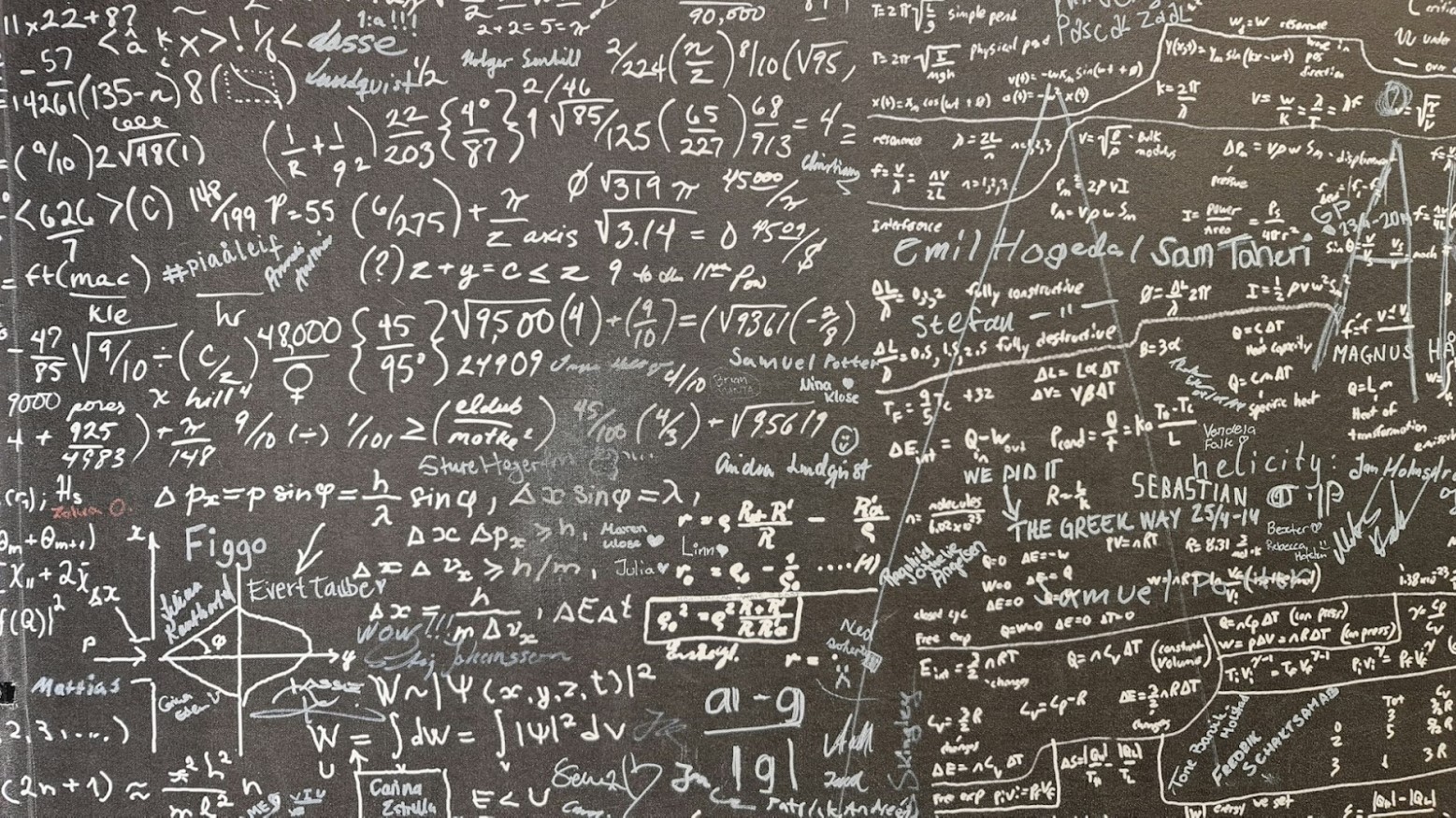
In a presentation of the team’s findings to the Alternative Propulsion Energy Conference (APEC), Dr. Buhler detailed the mathematical, theoretical, and experimental underpinning of their claims to have achieved propellant-less propulsion.
The design of their drive basically involves creating a lightweight system that exploits their discovery in the realm of electrostatics: “Essentially, what we’ve discovered is that systems that contain an asymmetry in either electrostatic pressure or some kind of electrostatic divergent field can give a system of a center of mass a non-zero force component,” Buhler explained.
The Force of the Future
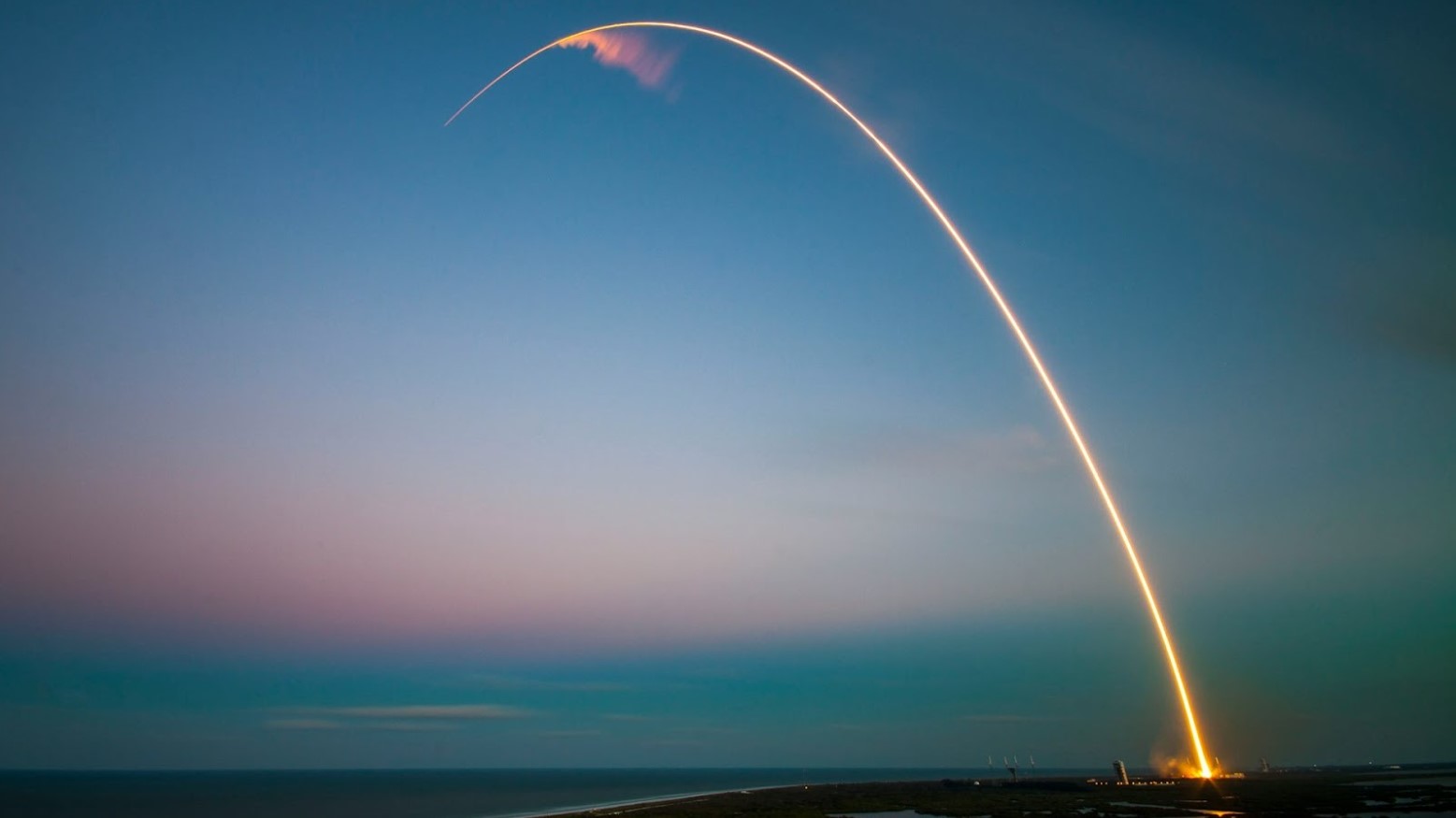
What this basically means is that they’ve discovered underlying physics that can be exploited to place a force on an object without the need for a propellant.
In speaking as to whether this discovery defies the laws of physics, Buhler states, “There are rules that include conservation of energy, but if done correctly, one can generate forces unlike anything humankind has done before…It will be this force that we will use to propel objects for the next 1,000 years until the next thing comes”.
The Need for Peer Review

This is a potentially monumental discovery, but more work is needed before it will be embraced as wholly legitimate.
There are many who question whether Buhler and his team have indeed discovered a new force. It’s likely that the concept won’t be fully embraced until other teams can replicate Buhler’s findings independently.
A Revolution in Propulsion?

There’s no denying the potential posed by propellant-less drives. To have a practical design would be revolutionary and totally change how we approach propulsion design.
But this isn’t the first time scientists have claimed to crack the mystery of propellant-less drives. The history of research in this space seems to be one of promising discoveries, that are then debunked. Time will tell whether Buhler’s discovery is indeed the revolutionary breakthrough it promises to be.
